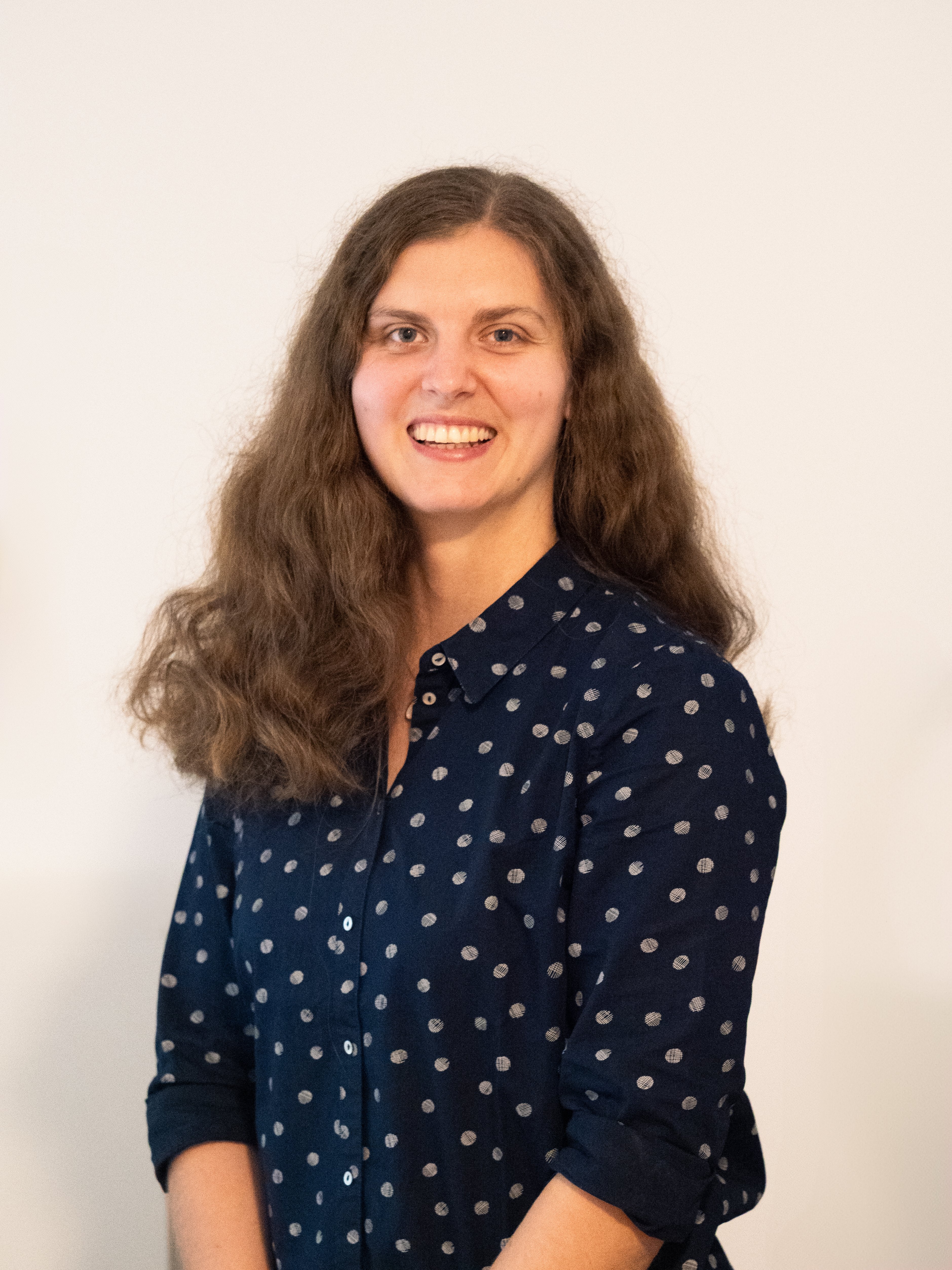

TEN.efzn – State Graduate Program “Hydrogen and Hydrogen Derivative Ammonia” – Subproject III.2
The state graduate program “Hydrogen and Hydrogen Derivative Ammonia” is funded by the state of Lower Saxony and the VolkswagenStiftung. The graduate program aims to shed light on economic, ecological, systemic, safety-relevant, and social issues along the entire hydrogen derivative ammonia utilization chain as an energy storage medium. Explicit consideration will be given to the synthesis and direct utilization of ammonia and hydrogen recovery. The advantages and disadvantages compared to other hydrogen derivatives will be analyzed accordingly. As one of the six research platforms in the research network “Transformation of the Energy System of Lower Saxony (TEN.efzn)”, energy research in the state of Lower Saxony is significantly promoted to develop sustainable solutions for the technological and social challenges of the energy transition and to establish the state of Lower Saxony as a sustainable location in the fields of energy, education and innovation.
Subproject III.2: Microkinetics of Catalytic Ammonia Decomposition:
The generation of hydrogen from renewable sources is of significant importance. However, the variability inherent in these energy sources necessitates the development of hydrogen storage technologies. To facilitate the processes of transport and handling, it is possible to convert hydrogen (H2) to green ammonia (NH3), utilising nitrogen (N2) from the ambient air. This subproject focuses on the catalytic reforming of ammonia to recover hydrogen and thus enable local use. The design of efficient reactors for ammonia splitting requires a comprehensive understanding of the reaction mechanisms and the associated kinetic behavior.
The catalysts are characterized physically and chemically. Temperature-programmed experiments are carried out for the kinetic measurements in differential fixed beds and in a Berty reactor devoid of gradients. The experiments are performed both statically and dynamically (pulsed). The pulsed measurements form the basis for modeling a mathematical model from which the microkinetic parameters are to be obtained.

Contact
Phone: +49 5323 72-2455
E-Mail: hirte@icvt.tu-clausthal.de
Address
Building C17, Room 120
Leibnizstr. 19
38678 Clausthal-Zellerfeld